“But”, you ask, “how do these games play?”
Fatal Fury was developed at the same time as Street Fighter II, and it shows. It was designed by Takashi Nishiyama who also designed the first Street Fighter, so the FF series represents his idea of what the fighting game should be. But as a primeval fighter it’s more of a historical curio than something you’d want to play.
The first of many Dream Matches for SNK, FF Special is a sendoff to the classic style of Fatal Fury. FF3 and the Real Bouts had all new spritework and pivoted the gameplay in a different direction. FF Special has many fans, but your enjoyment will hinge on how much you can stand the early Fatal Furies. Maybe you had to be there.
Fighters History Dynamite (Karnov’s Revenge) is a painfully generic Street Fighter clone, but it’s the uniquely mixed execution that has brought it a cult following. Combo damage is high and controls are tight. There is a weak point mechanic where hitting a character in their unique vulnerable spot several times will put them into a dizzy. This leaves them open to a combo and lends the gameplay a ridiculous, frantic feel. If anything the bland graphics, cheap presentation and horrible balance add to the fun. Definitely worth trying with a friend.
Art of Fighting brought a lot of innovation to the genre, and holds up pretty well today. The Spirit Gauge ties special attacks to a meter that can be charged by holding a button or lowered by getting taunted by an opponent. AoF has a unique pace, where okizeme is less important than taunting or meditating to recover meter, and special attacks are deadly. The player sprites are huge and controlled by a scaling camera that is nauseating. There are also some nice ideas in AoF that didn’t catch on. Super moves are unlocked through playing minigames in the story mode, and damage is visible on player sprites throughout the round. AoF is unique game that could become great with some refinement, like a sequel…?
All bow to this god, who can actually finish Art of Fighting 2. AoF2 is the hardest fighting game I’ve ever played. On the easiest difficulty, I can’t beat the first opponent. Not even close. AoF2 feels like it’s stuck on a turbo speed. The AI and thinks fast and pulls out moves faster than I can register. This time the player sprites are even bigger and if you jump around, the camera scrolls up and down in sickening amounts. I want to like this one–I really do. Although I don’t own a copy of AoF3, I love that game. Even though it’s universally unloved.
There are few fighting game franchises where I would want to play the first entry. Samurai Shodown is an exception. The game holds up brilliantly both as the start of a series, and as a fighter released in 1993. I’ll take Samurai Shodown over Super Street Fighter II any day. The only thing I’m not big on is the six-button control scheme that’s been crammed into the Neo Geo’s four-button layout. A is light slash, B is medium, and A+B is heavy slash. Same setup with C and D for kicks. The slower pace of SamSho means you don’t need to worry about using heavy attacks quickly, but it is something I reacquaint myself with whenever I return to the game. The gameplay is unique, the controls tight, and the atmosphere is fun, creepy and silly. What’s not to love about Samurai Shodown.
Samurai Shodown 2 is an iterative sequel that doubles down on what made the first game so great. SS2 was such a big deal that SNK released standalone cabinets that were single-slot Neo Geos only equipped with the game. Observe this print ad.
What I love about Samurai Shodown today is how distanced it is from the modern fighting game experience. A few well-placed moves can dictate an entire match. The cast isn’t particularly balanced. NPCs in the background will throw bombs into the ring to explode, or throw chunks of meat that can restore health. It’s like proto-Smash Bros. While a fanbase will usually shun a fighter with these elements, SS2 remains beloved even today.
Whenever SNK “peaked” a series with an ultimate, iterative sequel (see KoF 98, Real Bout Special), the next step was to take things in a brave new direction. Samurai Shodown 3 reduces the number of playable characters back to SS1’s count of 12, but gives each character a Slash and Bust “-ism” that revamps their moveset. We now have a proper four-button control scheme, a darker tone and faster gameplay. While fighting games were all speeding up in the mid-90s, players weren’t happy about faster rounds in a series where matches were already decided in a matter of seconds, and their hard-earned quarters were on the line. Changing a character roster and not bringing back someone’s “main” is also a surefire way to lose fans.
SS3 is the black sheep of the series, but if there’s anything I’ve learned about myself it’s that I love black sheep fighting games. And third entries, apparently. SS3’s sprites are massive, the gameplay changes are appreciated, and the home version with unlimited credits is just another way for AES trust fund babies to flaunt at peasant arcadegoers that their parents spent $200 on a videogame.
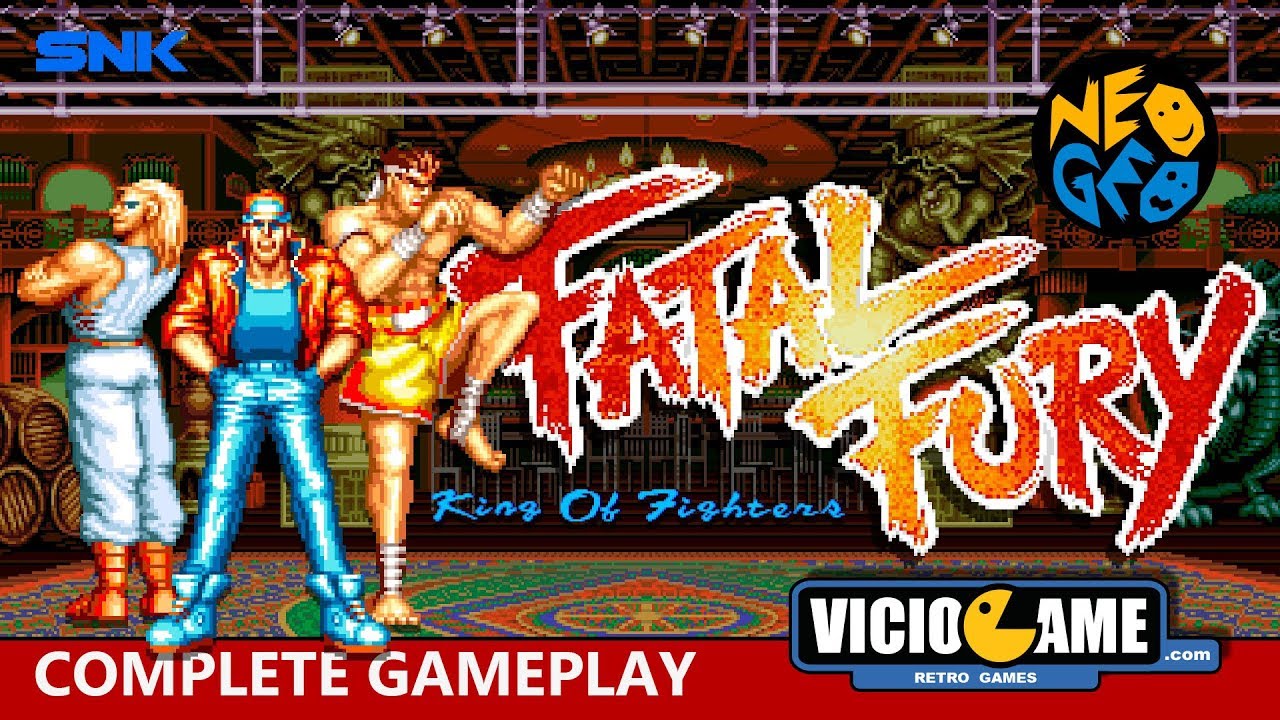
![Arcade Longplay [166] Fatal Fury Special](https://dlcn7yodlhcnn.cloudfront.net/original/3X/3/a/3a5ef89b48f8a52a225e8d12ae5aab8cb147f2df.jpeg)
![Arcade Longplay [082] Karnovs Revenge - Fighters History Dynamite](https://dlcn7yodlhcnn.cloudfront.net/original/3X/9/a/9a117f1d42265766fece1248ee043142280ce3d7.jpeg)
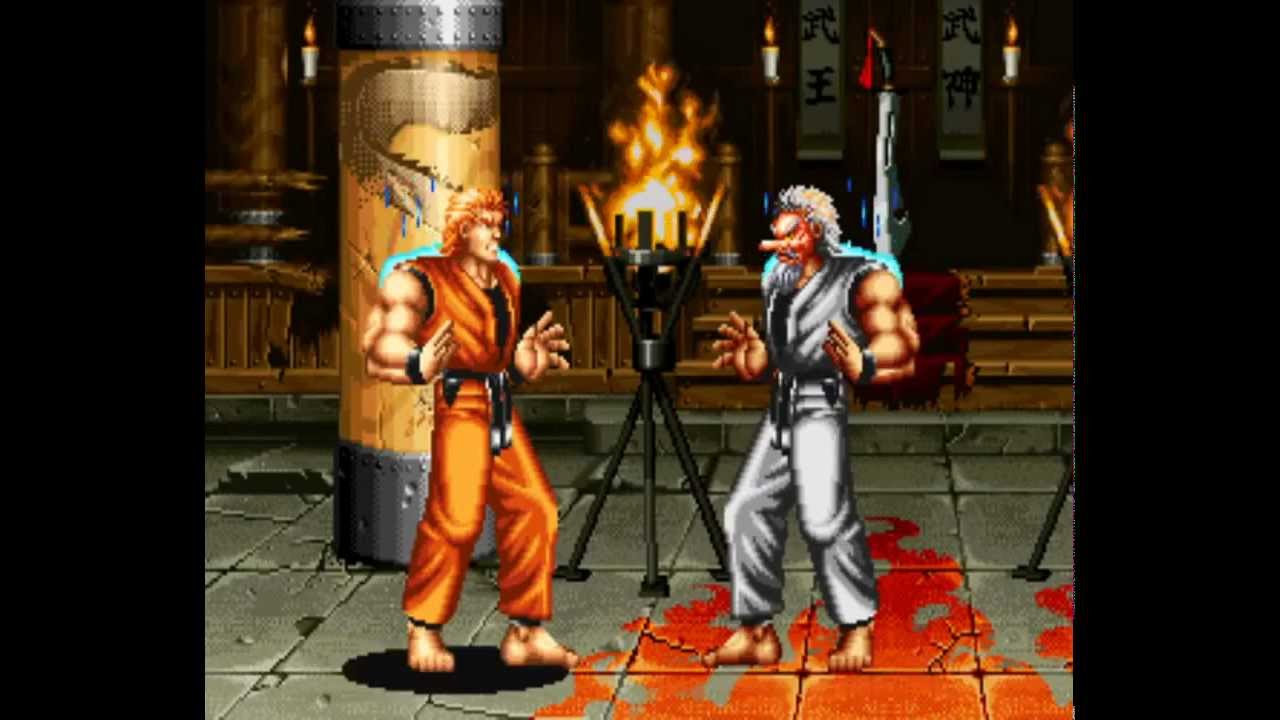
![Arcade Longplay [072] Art of Fighting 2](https://dlcn7yodlhcnn.cloudfront.net/original/3X/9/b/9b6419727efe83eff05be9893c9abb14a0f9929f.jpeg)
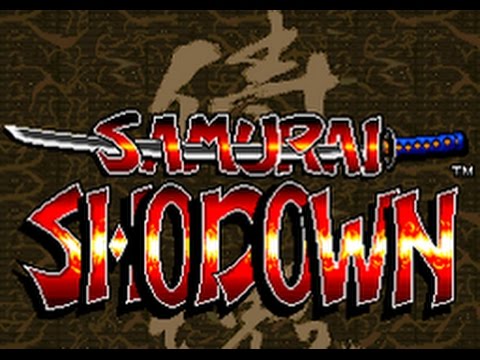

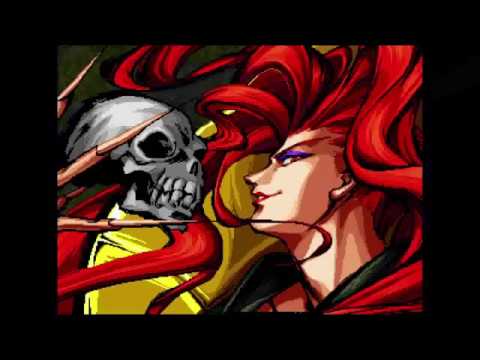






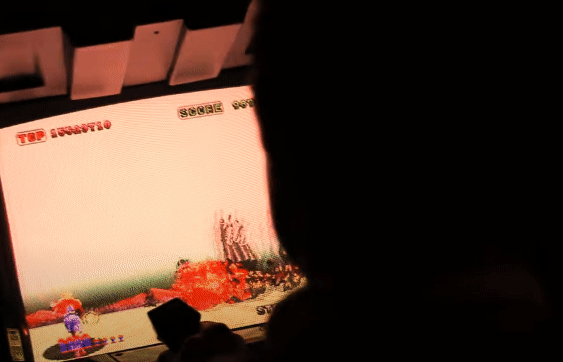

![Arcade Longplay [044] Samurai Shodown IV - Amakusas Revenge](https://dlcn7yodlhcnn.cloudfront.net/original/4X/a/b/e/abe73afbade161b2788ca81857bf02d15f9ec7f6.jpeg)
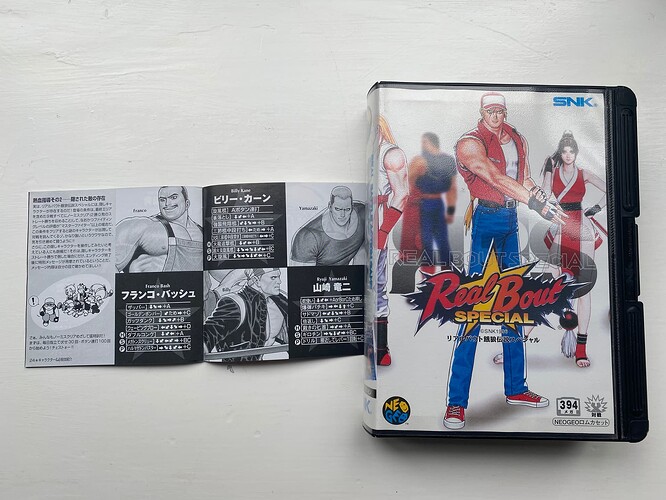
![Arcade Longplay [192] Real Bout Fatal Fury Special](https://dlcn7yodlhcnn.cloudfront.net/original/4X/9/9/5/99505624df5ab4e09f535c899ece198c5cfe8467.jpeg)
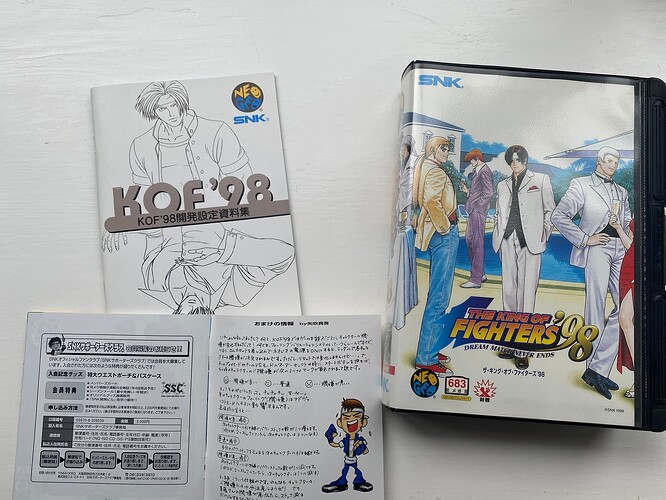
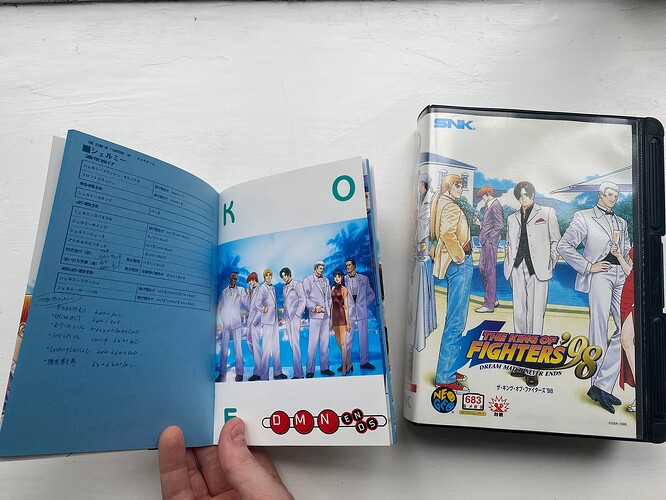

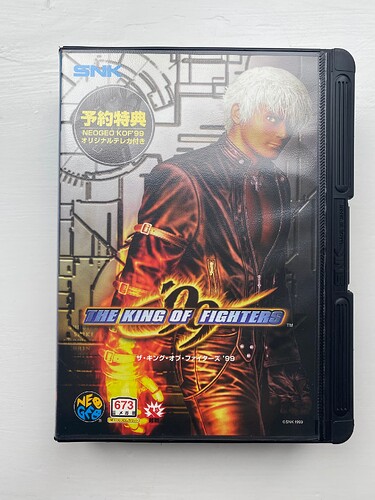
![Arcade Longplay [199] The King of Fighters 99](https://dlcn7yodlhcnn.cloudfront.net/original/4X/2/0/f/20fb1082eba4def5ce86dcae8f2c08db1a96fe36.jpeg)